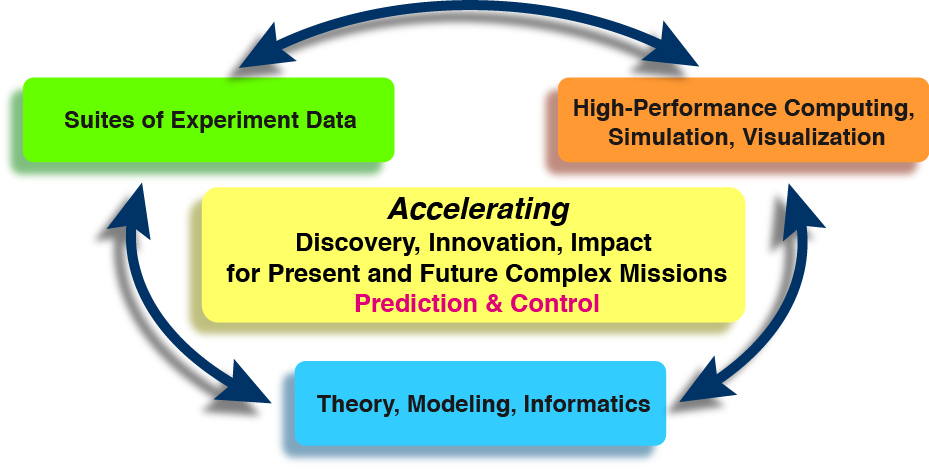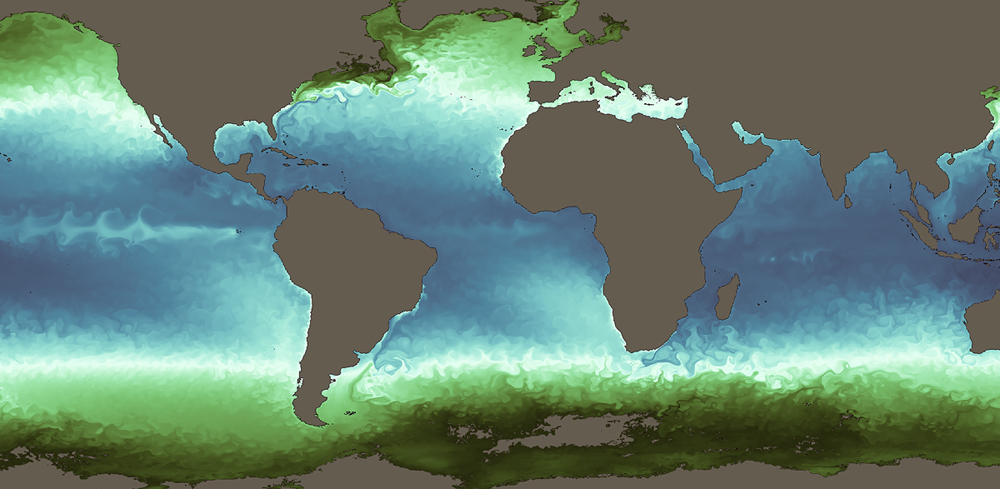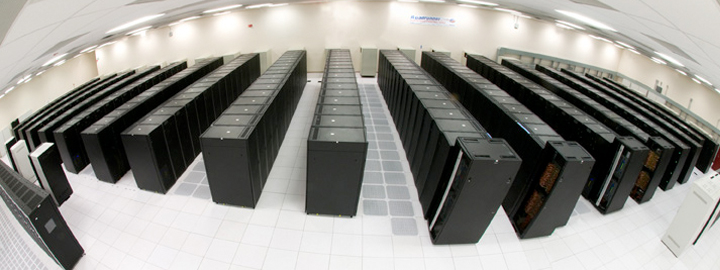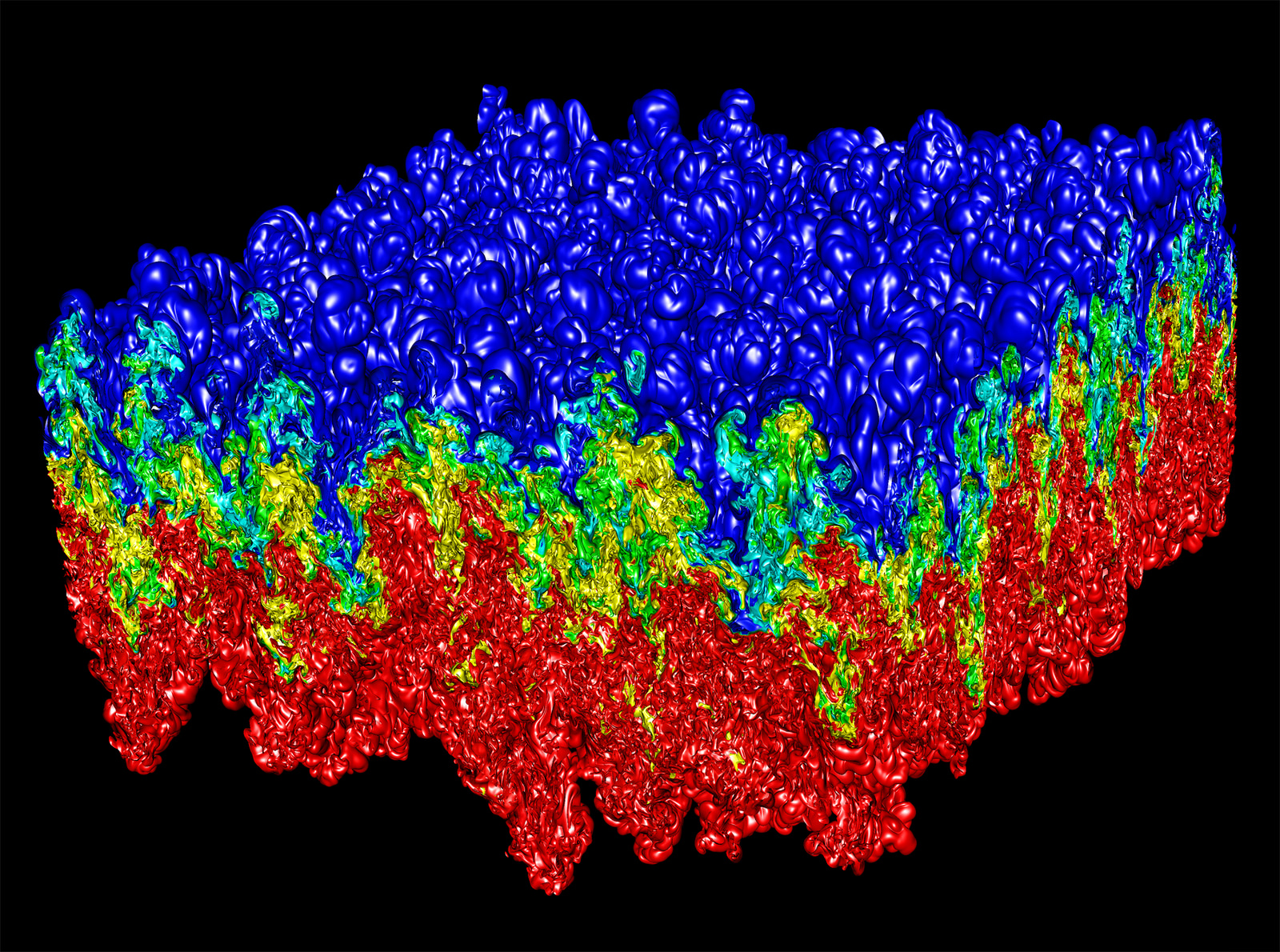Simulation and Computation
Applying the Scientific Method to this Century's Complex Systems with this Century's Tools
Applying Science-Based Prediction
We apply science-based prediction to nuclear weapon stewardship, the reliable replacement warhead, and beyond. We support all other current and emerging national security missions, such as threat reduction, intel, homeland security, energy, infrastructure, nano S&T, and biological science, as well as most science frontiers from biophysics to astrophysics.
Integration of experimental-theory-simulation teams

Computer, Computational, and Statistical Sciences (CCS) Division is an international leader in solving challenging problems through:
- Basic and applied research in areas of computer science, computational science, applied mathematics, and statistics
- The deployment and integration of computational technology, simulations, simulation technology, and information extraction methodologies
- Achieving excellence in the development of techniques for collecting, analyzing, combining, and making high-quality inferences from diverse qualitative and quantitative information sets
High-Performance Computing (HPC) Division provides world-class capabilities of:
- High-performance computing systems (systems integration
- Production systems
- File systems, and future systems)
- Software (tools, engineering, software quality assurance)
- Visualization
- HPC facilities
Theoretical (T) Division teams widely around the Laboratory and the world to attract and retain the best talent and capabilities to nurture technical foundations and deliver capability to both current and future national security needs.
The enduring success (since 1943) of the division derives from the co-location of theory, modeling, and simulation excellence for a very wide spectrum of disciplines (biology to materials to cosmology).
This infrastructure permits rapid deployment of multidisciplinary approaches to complex technical challenges.
The Information Science & Technology Center (IS&T) mission is to enhance LANL’s capabilities in IS&T by fostering science, technology, and engineering to address LANL, DOE, and national needs; coordinating and aligning Laboratory-wide IS&T efforts with future needs.
The Center will provide a connection to program management for capability needs and provide IS&T integration and support for mission-critical centers and activities such as MaRIE and the Biosecurity and Energy Security Centers. The Center will help to coalesce and strengthen nascent IS&T capabilities as well as leverage existing mature capabilities.
The Center for Nonlinear Studies (CNLS) organizes research related to nonlinear and complex systems phenomena. The Center’s mission is to
-
- Identify and study complex nonlinear phenomena using a diverse set of research approaches and methodologies
- Promote the use of scientific results in applied research
- Stimulate the formation of interdisciplinary approaches to complex problems
- Facilitate the interchange of scientific results and ideas between LANL and external centers of excellence
- Encourage the exploration of new scientific frontiers at the interface between conventional disciplines
- Support a broad spectrum of interdisciplinary science that underpins national security








